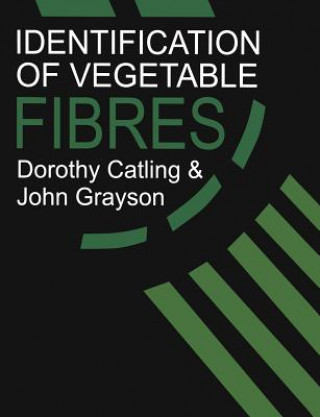
Code: 05323619
Identification of Vegetable Fibres
by D. Catling
It is often possible to identify fragments of plants by studying their microscopical characteristics. The recognition of a single feature very rarely establishes the plant's identity; more often, it is necessary to recognize a uni ... more
- Language:
 English
English - Binding: Paperback
- Number of pages: 106
Publisher: Springer, 2012
- More about this

61.35 €

Low in stock at our supplier
Shipping in 13 - 16 days
Potřebujete více kusů?Máte-li zájem o více kusů, prověřte, prosím, nejprve dostupnost titulu na naši zákaznické podpoře.
Add to wishlist
You might also like
-

Happy Ever After
8.35 € -22 % -

Mezzanine-Finanzierung
64.57 € -2 % -
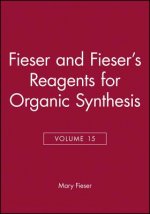
Fieser and Fiesers Reagents for Organic Synthesis
353.65 € -
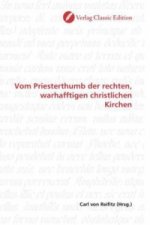
Vom Priesterthumb der rechten, warhafftigen christlichen Kirchen
59.13 € -5 % -

Town Abandoned
116.06 € -
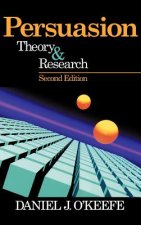
Persuasion
263.67 € -

Rethinking America 2
71.93 €
Give this book as a present today
- Order book and choose Gift Order.
- We will send you book gift voucher at once. You can give it out to anyone.
- Book will be send to donee, nothing more to care about.
More about Identification of Vegetable Fibres
You get 154 loyalty points
 Book synopsis
Book synopsis
It is often possible to identify fragments of plants by studying their microscopical characteristics. The recognition of a single feature very rarely establishes the plant's identity; more often, it is necessary to recognize a unique combination of characteris tics. For plant identification, the most valuable characteristics are those least likely to be affected by changes in environment; if the feature is uncommon as well as stable, it is even more useful. Good descriptions of the anatomy of plants are invaluable. For example, The Identifi cation of Hardwoods (Brazier and Franklin, 1961), together with its punched card key, is an excellent book which is useful in practice. Characters describing the sc1erenchyma account for only three places in this key. Using only these characters, it would be impossible to identify a timber. Is it possible then, to identify a species given only sc1erenchyma in the form of a commercial fibre? If it is possible, it is not easy. Although, for many purposes, plant fibres are being replaced by man-made fibres, vegetable fibres are still used, particularly in sacking and cordage and in some indus trial materials. Articles which must be examined in a forensic science laboratory are not always of recent manufacture and archaeologists and historians are interested in older materials. Therefore, it is still necessary for many workers to identify the plant species from which fibres have been extracted.
 Book details
Book details
Book category Books in English Mathematics & science Biology, life sciences Botany & plant sciences
61.35 €
- Full title: Identification of Vegetable Fibres
- Author: D. Catling
- Language:
 English
English - Binding: Paperback
- Number of pages: 106
- EAN: 9789401180726
- ISBN: 9401180725
- ID: 05323619
- Publisher: Springer
- Weight: 242 g
- Dimensions: 246 × 189 × 7 mm
- Date of publishing: 01. May 2012
Trending among others
-
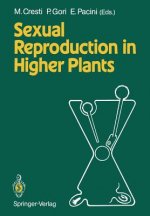
Sexual Reproduction in Higher Plants
240.19 € -
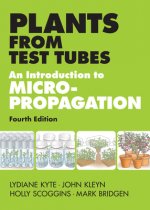
Plants from Test Tubes : An Introduction to Micropropagation
26.09 € -35 % -
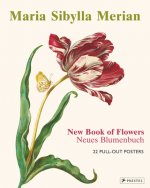
Maria Sibylla Merian
19.94 € -19 % -
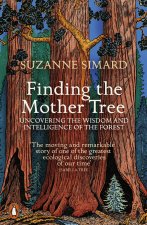
Finding the Mother Tree
12.79 € -25 % -
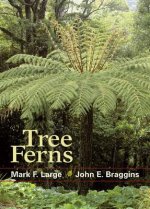
Tree Ferns
19.94 € -12 % -
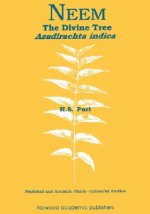
Neem
266.49 € -
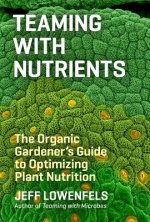
Teaming with Nutrients
21.05 € -27 % -
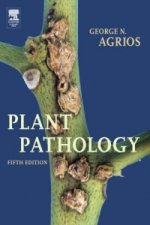
Plant Pathology
89.76 € -1 % -
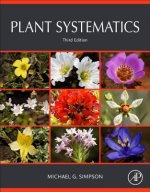
Plant Systematics
101.15 € -1 % -
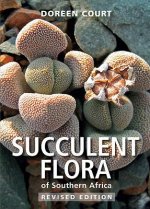
Succulent Flora of Southern Africa
23.16 € -16 % -
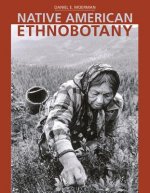
Native American Ethnobotany
61.55 € -22 % -
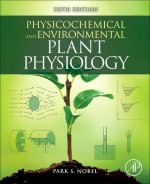
Physicochemical and Environmental Plant Physiology
105.88 € -5 % -
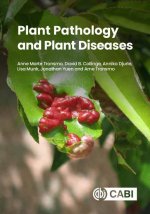
Plant Pathology and Plant Diseases
64.07 € -13 % -
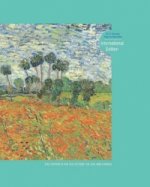
Raven Biology of Plants
98.73 € -
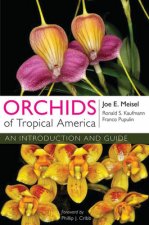
Orchids of Tropical America
23.26 € -24 % -
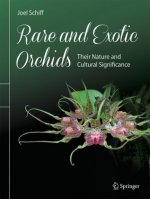
Rare and Exotic Orchids
50.67 € -9 % -
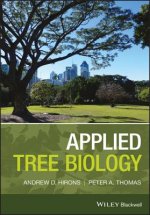
Applied Tree Biology
93.19 € -
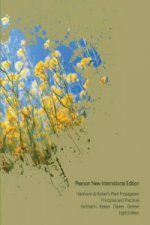
Hartmann & Kester's Plant Propagation: Principles and Practices
96.72 € -
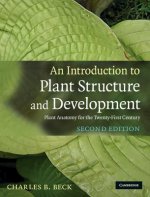
Introduction to Plant Structure and Development
91.17 € -
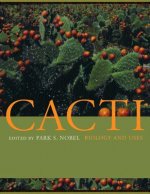
Cacti
90.67 € -
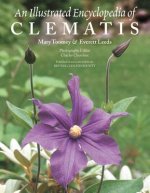
Illustrated Encyclopedia of Clematis
36.16 € -12 % -
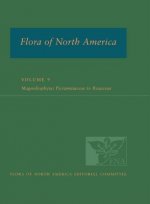
Flora of North America
110.72 € -

Conservation Methods for Terrestrial Orchids
77.47 € -
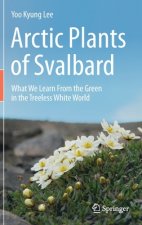
Arctic Plants of Svalbard
40.90 € -18 % -
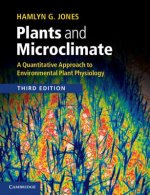
Plants and Microclimate
70.62 € -

Bogs & Fens - A Guide to the Peatland Plants of the Northeastern United States and Adjacent Canada
31.12 € -
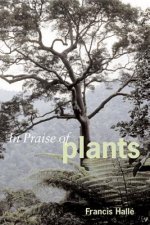
In Praise of Plants
22.46 € -13 % -
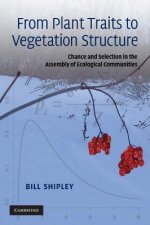
From Plant Traits to Vegetation Structure
77.47 € -
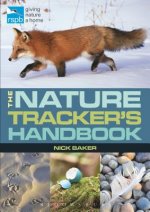
RSPB Nature Tracker's Handbook
15.20 € -28 % -
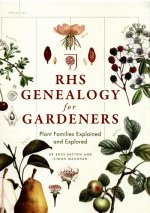
RHS Genealogy for Gardeners
20.24 € -28 % -
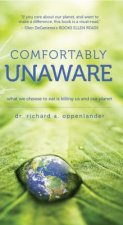
Comfortably Unaware
13.39 € -16 % -

Darwin's Most Wonderful Plants
10.57 € -18 % -
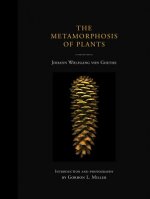
Metamorphosis of Plants
28.71 € -18 % -
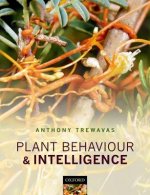
Plant Behaviour and Intelligence
77.27 € -
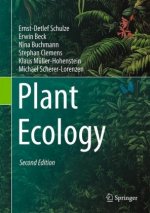
Plant Ecology
90.47 € -4 % -
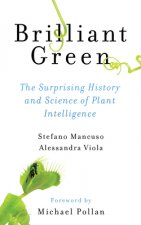
Brilliant Green
14.60 € -38 % -
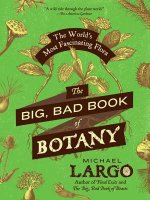
Big, Bad Book of Botany
13.29 € -28 % -
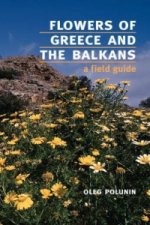
Flowers of Greece and the Balkans
104.47 € -
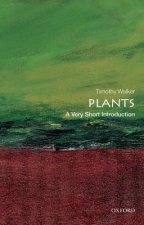
Plants: A Very Short Introduction
9.26 € -28 % -

Animal, Vegetable, Miracle
12.89 € -25 % -
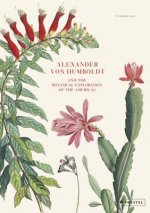
Alexander von Humboldt
77.07 € -

Plant Hormones
313.85 € -3 % -
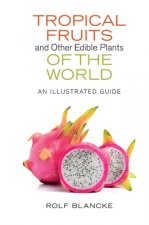
Tropical Fruits and Other Edible Plants of the World
49.16 € -

Flora of Madeira
139.94 € -
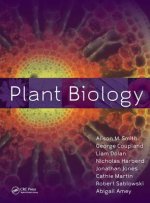
Plant Biology
112.54 € -
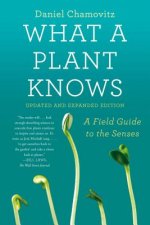
What a Plant Knows
17.72 € -6 % -
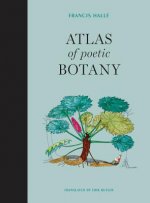
Atlas of Poetic Botany
22.66 € -12 % -
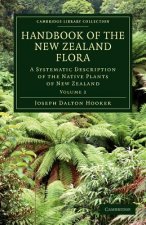
Handbook of the New Zealand Flora
66.29 € -
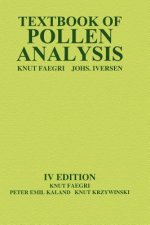
Textbook of Pollen Analysis
76.87 €
Collection points Bratislava a 2642 dalších
Copyright ©2008-24 najlacnejsie-knihy.sk All rights reservedPrivacyCookies


 15549 collection points
15549 collection points Delivery 2.99 €
Delivery 2.99 € 02/210 210 99 (8-15.30h)
02/210 210 99 (8-15.30h)